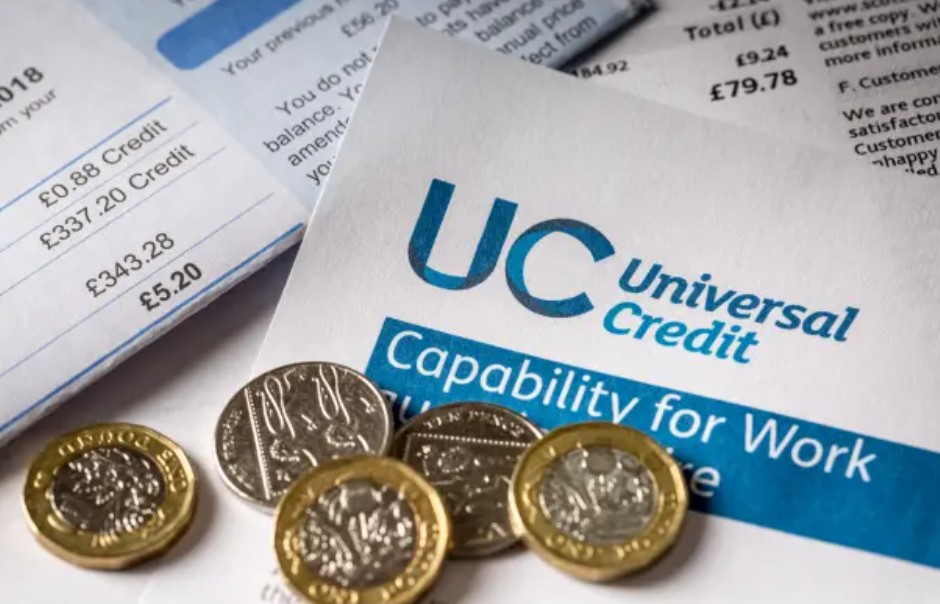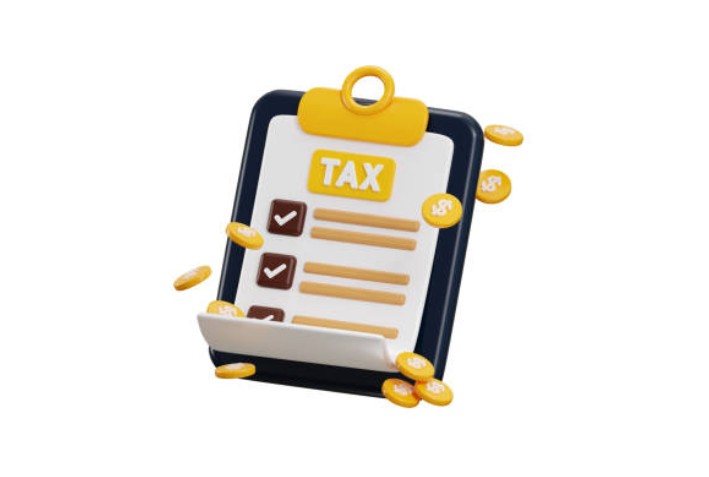If you’re a carer in the UK, you play an invaluable role—not just in the life of the person you care for, but within society as a whole. Yet many unpaid carers are unaware that they may be entitled to financial support through Universal Credit. One of the most important additions is the Carer’s Element, which is specifically designed to acknowledge the hours and commitment that carers put in week after week.
As of April 2025, the Carer’s Element is worth £201.68 per month. This amount is paid on top of your standard Universal Credit and can make a meaningful difference to your household income. In this guide, we’ll cover how much is carers element is, who qualifies, how to apply, and why it matters—all in plain English.
What Is the Carer’s Element?
The Carer’s Element is an additional sum included in a Universal Credit award to financially support people who are caring for someone with a disability or long-term health condition. Unlike Carer’s Allowance, which is a standalone benefit with strict eligibility rules, the Carer’s Element is part of your Universal Credit calculation.
This element aim to support carers who:
- Are not in full-time employment, or are working reduced hours due to their caring role
- Are providing unpaid care, often at significant personal cost
- May not qualify for Carer’s Allowance, but still meet the caring threshold of 35 hours per week
In essence, the Carer’s Element recognises that caring is work—even if it doesn’t come with a payslip. It helps ensure that those who are supporting others aren’t overlooked in the benefits system.
Example: Imagine you’re caring for your elderly mother who has dementia. You spend each day helping with meals, medication, personal care, and appointments. Even if you earn a little from part-time work or don’t qualify for Carer’s Allowance, the Carer’s Element might still apply if you’re claiming Universal Credit.
How Much Is Carers Element Worth?
As of the 2025/26 financial year, the Carer’s Element is set at:
- £201.68 per month
- Which totals to £2,420.16 annually
This is a flat rate benefit, which means:
- You receive the same amount whether you provide care for 35 hours or 70 hours
- It does not increase if you care for more than one person
- It is paid monthly, as part of your overall Universal Credit payment
For couples on a joint Universal Credit claim, both partners can receive the Carer’s Element, provided they are each caring for a different disabled person and both meet the 35-hour-per-week rule. This could potentially mean an extra £403.36 per month added to your award.
Tip: Keep a simple weekly diary of your caring tasks. This can help you prove that you consistently meet the 35-hour rule if ever asked for evidence.
Who Can Claim the Carer’s Element?
You may qualify for the Carer’s Element if you meet the following three key conditions:
- You are receiving Universal Credit
- You provide care for at least 35 hours per week
- The person you care for gets a qualifying disability benefit
Qualifying benefits include:
- Personal Independence Payment (PIP) – daily living component (not mobility)
- Disability Living Allowance (DLA) – middle or highest rate care component
- Attendance Allowance
- Armed Forces Independence Payment
- Scottish disability benefits (such as Adult Disability Payment or Child Disability Payment)
The care you provide can be physical, emotional, or supervisory. Examples include helping someone wash and dress, reminding them to take medication, keeping them safe from harm, or even accompanying them to appointments.
You will not qualify if:
- The person you care for doesn’t receive one of the above benefits
- You share care duties with someone who already claims the Carer’s Element for that person
- You already receive the Limited Capability for Work-Related Activity (LCWRA) element within Universal Credit (you can’t get both)
How Does the Carer’s Element Affect Your Universal Credit?

The Carer’s Element is one of several ‘add-ons’ that make up a total Universal Credit award. Here’s a breakdown of how the process works:
- DWP calculates your full entitlement (standard allowance + housing + children + any special elements like caring)
- Your earnings, savings, and other income are assessed
- Deductions are made accordingly
- The remaining balance is your monthly Universal Credit payment
So, even if you qualify for the Carer’s Element, your actual payout may vary depending on other financial circumstances. But rest assured, being awarded the Carer’s Element always increases your base entitlement, meaning you will receive more than you would have otherwise.
Important: Universal Credit uses a taper rate of 55%, which means for every £1 you earn over your work allowance, your UC reduces by 55p. However, the Carer’s Element can help offset that reduction, especially if you’re in part-time work.
What’s the Difference Between Carer’s Element and Carer’s Allowance?
While both benefits support carers, they differ significantly in structure, rules, and impact. Many people are confused about the two, but it’s important to understand how they work together—or separately.
| Criteria | Carer’s Element | Carer’s Allowance |
|---|---|---|
| Part of Universal Credit? | Yes | No |
| Paid monthly? | Yes | No (paid weekly) |
| Amount (2025/26) | £201.68/month | £83.30/week |
| Can you work and still get it? | Yes (no income cap) | Limited to £196/week net |
| NI Credits included? | No | Yes |
| Application required? | No (just report it in UC) | Yes (apply separately) |
If you’re eligible for both, you can apply for Carer’s Allowance, but it will be deducted pound for pound from your Universal Credit. However, you still keep the Carer’s Element, which is why it can be financially worthwhile to claim both—especially to build up your National Insurance contributions.
Can You Work and Still Get the Carer’s Element?

Yes—and that’s a major benefit.
Unlike Carer’s Allowance, which has a strict earnings cap of £196 per week (after tax and expenses), the Carer’s Element has no earnings limit. You can work, receive a salary, and still get this part of your Universal Credit—as long as:
- You continue to provide 35+ hours of unpaid care weekly
- You meet Universal Credit’s general income and eligibility rules
This makes the Carer’s Element particularly helpful for:
- Part-time workers who are also carers
- Self-employed individuals with variable income
- Single parents juggling work and care responsibilities
Note: If your income rises too high, you could lose Universal Credit entirely. In that case, you wouldn’t receive the Carer’s Element either—but this applies to the whole benefit, not just the caring part.
How Do You Apply for the Carer’s Element?
There is no separate form for the Carer’s Element. Instead, you simply update your Universal Credit journal and report that you have started caring for someone.
Here’s how to do it:
- Log in to your Universal Credit online account
- Click “Report a change of circumstances”
- Select “I care for someone” and complete the details
- Provide the name and date of birth of the person you care for
- Specify the disability benefit they receive
The DWP may contact you or the person you care for to verify details. Once approved, the Carer’s Element will be added to your next Universal Credit payment.
Top tip: Keep an eye on your UC statement. If the Carer’s Element isn’t listed within a month, follow up via your journal or speak with your work coach.
Is the Carer’s Element Taxable?

No. The Carer’s Element—like all parts of Universal Credit—is not subject to tax. It is a means-tested welfare benefit, so it does not count toward taxable income or affect your income tax obligations.
This also means that the Carer’s Element:
- Won’t reduce any tax credits or pensions you receive
- Won’t impact Council Tax discounts in most local authority areas
- Won’t affect savings or investments unless your total capital exceeds £6,000, in which case it may affect your overall Universal Credit award
Will the Carer’s Element Increase in the Future?
Most years, the government reviews benefit rates in line with inflation or broader economic policy. In April 2025, the Carer’s Element increased to £201.68/month—a welcome boost during a time of rising living costs.
It’s likely that in April 2026, the amount will rise again. To stay informed:
- Follow announcements in the Chancellor’s Autumn Statement
- Monitor changes via GOV.UK
- Consult with local advice centres such as Citizens Advice or Carers UK
Forecast: If inflation remains steady, we could see the Carer’s Element rise to over £210/month in 2026.
Final Thoughts: Is It Worth Claiming the Carer’s Element?
Absolutely. The Carer’s Element provides over £2,400 per year in recognition of unpaid care. Even if you’re working, self-employed, or already claiming Carer’s Allowance, it’s well worth checking your eligibility.
Unpaid carers are the backbone of the UK’s care system, saving the NHS and local councils billions of pounds annually. The Carer’s Element is one way of acknowledging that—financially, if not fully emotionally.
If you’re already on Universal Credit and providing care, claim it.
If you’re unsure about eligibility, seek advice.
If you’re juggling care and work—this is designed for people like you.

Leave a Reply